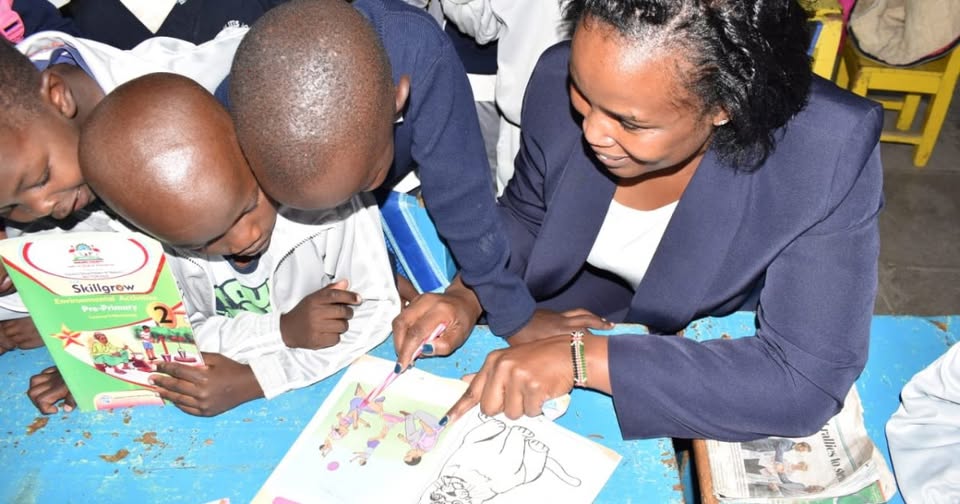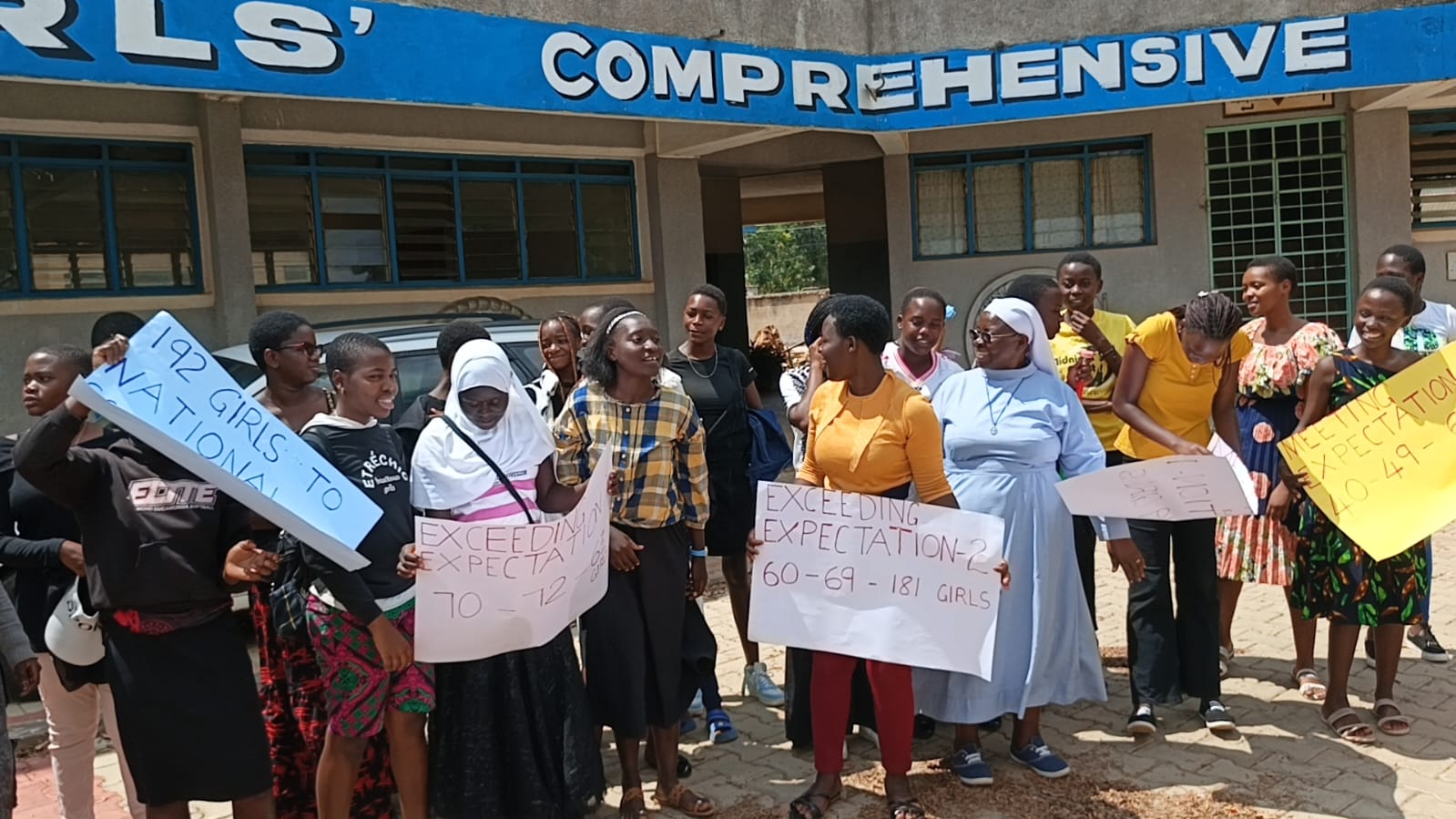For students and youth with visual impairments, navigating academic spaces can present unique challenges whether it is reading textbooks, participating in physical activities or simply getting around campus, these individuals often require specialized assistance.
As educators, caregivers and community members, we have a responsibility to ensure that the visually impaired are provided with the support and resources they need to thrive.
One crucial aspect of supporting visually impaired students is ensuring that learning materials are accessible. This might involve providing textbooks, handouts, and other documents in large print, braille, or digital formats that can be read using screen readers. Teachers should also be trained in techniques for effectively communicating information to students with low vision, such as using high-contrast color schemes and descriptive language.
Beyond the classroom, accessibility must be a top priority. Schools and community spaces should be designed with the visually impaired in mind with clear signage, well-lit pathways and minimal obstacles. Assistive technologies like white canes, guide dogs and mobility apps can also be invaluable tools for independent navigation.
Participation in extracurricular activities is another area where visually impaired youth often face barriers. Administrators and coaches should work to adapt sports, clubs, and other programs to be inclusive of all abilities. This could involve providing verbal cues during physical activities, pairing visually impaired students with able-sighted ‘buddies’ or incorporating sensory-rich experiences like audio-described films or tactile art projects.
Most importantly, we must cultivate a culture of empathy and understanding. Visually impaired individuals should never feel isolated or ashamed of their needs. By educating the broader community about visual impairments and celebrating the talents and achievements of these students and youth, we can foster a more inclusive and supportive environment for all.
Caring for the visually impaired is not just a matter of compliance, but a moral imperative. By prioritizing accessibility, adaptability, and acceptance, we can ensure that every student and young person has the opportunity to reach their full potential.
By Evans Ranyondo
The writer is a student at Rongo University.
You can also follow our social media pages on Twitter: Education News KE and Facebook: Education News Newspaper for timely updates.
>>> Click here to stay up-to-date with trending regional stories
>>> Click here to read more informed opinions on the country’s education landscape






